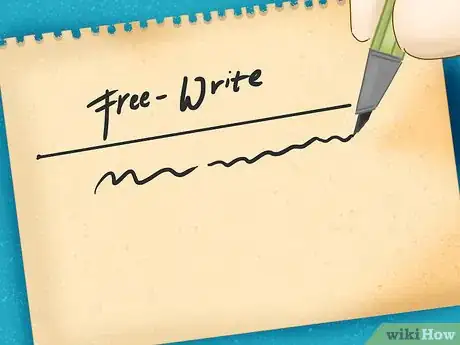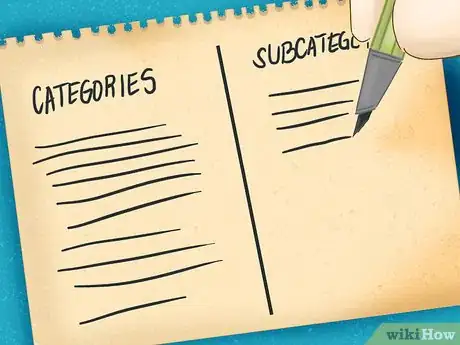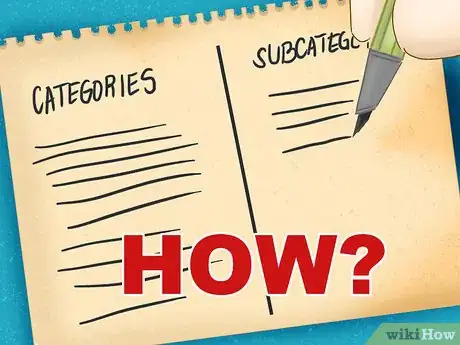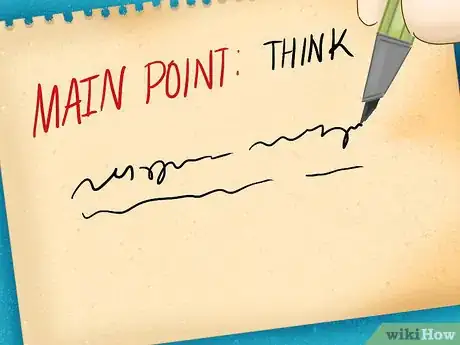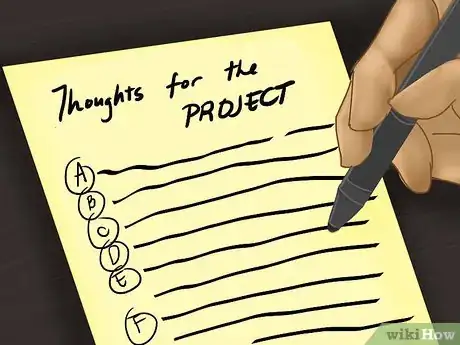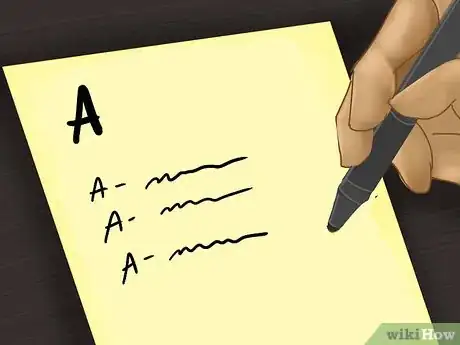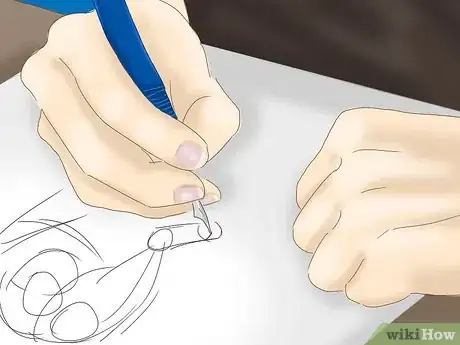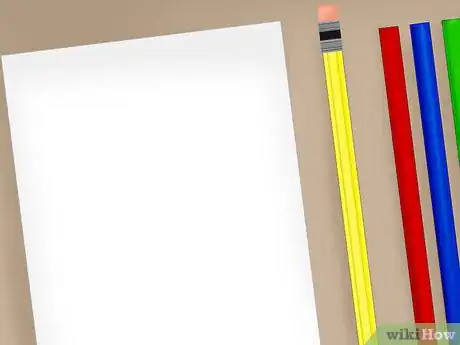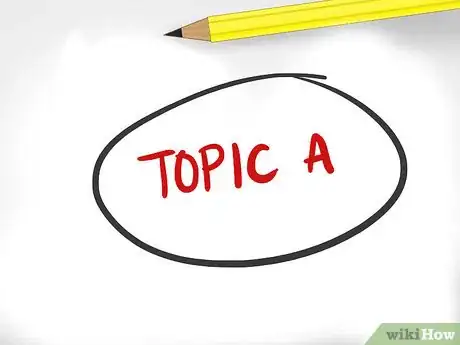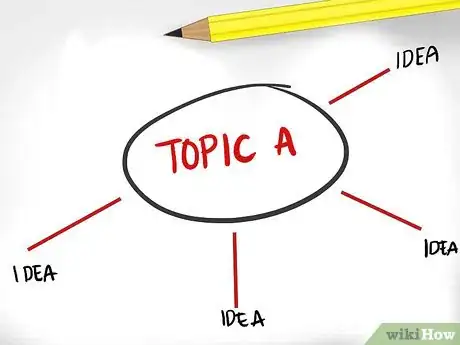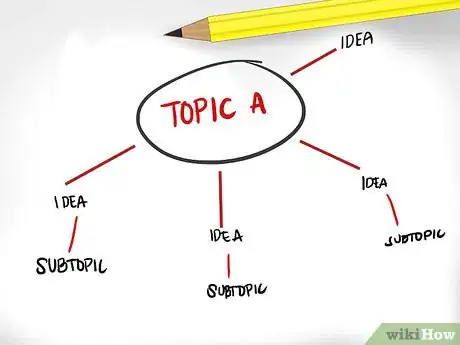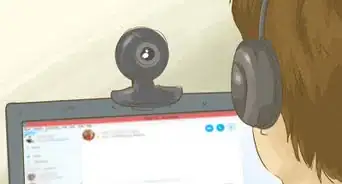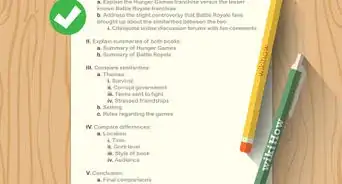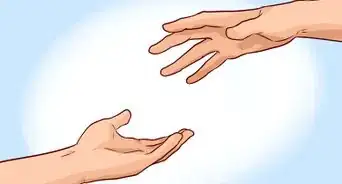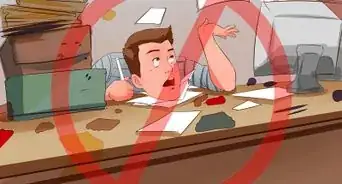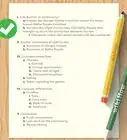This article was co-authored by Rachel Clissold. Rachel Clissold is a Life Coach and Consultant in Sydney, Australia. With over six years of coaching experience and over 17 years of corporate training, Rachel specializes in helping business leaders move through internal roadblocks, gain more freedom and clarity, and optimize their company’s efficiency and productivity. Rachel uses a wide range of techniques including coaching, intuitive guidance, neuro-linguistic programming, and holistic biohacking to help clients overcome fear, break through limitations, and bring their epic visions to life. Rachel is an acclaimed Reiki Master Practitioner, Qualified practitioner in NLP, EFT, Hypnosis & Past Life Regression. She has created events with up to 500 people around Australia, United Kingdom, Bali, and Costa Rica.
There are 12 references cited in this article, which can be found at the bottom of the page.
wikiHow marks an article as reader-approved once it receives enough positive feedback. In this case, 83% of readers who voted found the article helpful, earning it our reader-approved status.
This article has been viewed 99,968 times.
Getting overwhelmed with the clutter in your mind? It can be a challenge to collect your ideas into a productive day. Writing down your thoughts on paper may help you make sense of what's bouncing around your head.
Steps
Using a Traditional Outline
-
1Do your research. If you’re working on a school project, this will mean reading the necessary articles and books. If you’re working on a personal problem, this might just mean asking yourself or others for their viewpoints. In any case, make sure you’re relying on credible sources (friends can be a credible source for a personal problem), and not relying too heavily on anyone source.[1] [2]
-
2Free-write. Free writing can be an extremely useful tool for discovering what you think or where you stand on an issue. Free writing simply means getting your thoughts down on paper without concerning yourself with grammar, structure, or even sense.[3] Often it’s best to keep writing for a set amount of time (5-10 minutes should be sufficient).[4]Advertisement
-
3Delineate categories and subcategories. This is really important for structuring your ideas. Categories can be any type, including sub-points and evidence for an academic paper or main events of a novel. If you are outlining a plan of action or a process, these will the steps. As you write out possible steps, it is not immediately necessary to organize them, as you will want to generate all the ideas first, if possible. (If not, it is fine to add ideas later).[5]
-
4Choose a way to organize your categories. This will help you get a sense of the overall structure of your ideas. There is no right way to organize your ideas, as long as the sequence is logical or at least useful for you. For most outlines, it is best to limit the number of main categories to three or four, especially for a shorter or less involved task. The following ways to organize are often useful for a variety of tasks, but especially for writing tasks:[6]
- Organizing by importance will help you make an argument or categorize tasks for work. It helps you (and your reader, if applicable) see what’s important about the outline by placing most important items first.
- Organizing by chronology will help you get a sense of the timeline of events, thoughts, etc. For household tasks, this can be arbitrary, or based on when it is best to complete a certain item.
- Organizing by process is where you write out the steps of a process. The process can be anything from a thought process to a simple how-to guide.
- Organizing by space will help if you are writing a novel, or describing a space that raises specific concerns such as the everglades—you can organize by parts or regions of the everglades.
- Organizing by cause and effect will help your reader follow the trajectory of an idea. This is especially useful in talking about difficult concepts or controversial ideas such as gun control.
- Organizing in order to compare and/or contrast can be helpful when you want to compare competing ideas or methods. You can organize in one of several ways including comparing the objects or concepts point by point, or by discussing all the important aspects of one of the concepts followed by the important (comparable) aspects of the latter concept.
-
5Write down main point at the top of the paper. If you are writing a research or academic paper, this will be your main argument or thesis statement. For a novel, it will be the basic plot. For any thing else, it should be whatever you’re trying to organize.[7]
-
6Finish writing your outline. Once you’ve decided on how to organize, and what your main point will be, it should be fairly simple to write the ideas down in an organized way. Writing your outline should enable you to get a fuller and more structured view of your thoughts, which should help you proceed with any project you’ve started.
Keeping Track of Tasks
-
1Write down all of your thoughts about a project. This is especially useful when you have a lot of tasks that you need to prioritize. It will help you remember all of what you want to get done, when you start to prioritize the list.[8]
- Use a single word or phrase to indicate each idea. This will help you see quickly what all of you have to get done and the types of tasks involved.[9]
-
2Take a break. Take an hour to do something totally unrelated to the task at hand. You might take a shower, cook a meal or go for a walk until you are refreshed. Try to keep from thinking of your project. This will help your mind process what you’ve written.
-
3Return to your notes and group similar thoughts together by labeling them with categories. You can use “A, B, C;” different colors of highlighters, or something else to help you distinguish between the different categories. You can use any categories you want, such as location, time needed for activity, importance, or any other categories that will help you get the tasks done. By organizing your thoughts, you can begin to prioritize the list.[10]
- You can use whatever system works for you, but keep it simple.
-
4Rewrite the similar thoughts together. Put each group on a separate page to deal with one subject at a time. For example, if you are brainstorming household tasks, you can put tasks in which you stay in the house in one category, and label the other tasks by where you need to go to complete them (e.g. grocery store). Now you'll have the distinct lists for each category you've created, making it easier to get the tasks done.[11]
-
5Make multiple drafts. You may need to draft the lists more than once depending on how involved your project is. Sometimes you may even want to put one list away and re-write the list from memory, and then bring the old one back to see how you’ve prioritized differently. Drafting can give you a good sense of what you want out of your lists and how to accomplish it.[12]
Using Visual Organizers
-
1Make a mind map, or visual organizer. Mind maps allow you to place your thoughts on paper in a highly visual way. They are simply an organized drawing with the themes of your ideas highlighted through the placement on the page. They can be as messy or as structured as you like, and making multiple drafts may help with getting your ideas organized.
-
2Start with a large piece of paper or poster board. The size varies based on how involved the project is. While a mind map for deciding a yes or no question may be less involved, the thought map for a research paper or a novel may be much more involved. This will give you room to think through your ideas in a visual way.[13]
- There are also many online apps for mind mapping.[14]
-
3Write your overall idea or them in a circle in the middle of the paper or poster board. Make sure the circle is big enough so that it will stand out from the subtopics, but not so big that you don’t have much room to write your ideas around it. The topic itself should be as precise as you can make it, so that you can organize your thoughts more easily. Instead of using the topic “Global Warming,” for instance, you might use “The Effects of Global Warming,” or the “The Theories Surrounding Global Warming.”[15]
-
4Draw lines leading from the circle, and write the ideas that stem from the main idea. These will be topics related to your main topic, but you can write more than you will use in this section. Doing so will help you select the most important parts of the thought map, as you see how the sections relate to each other.[16]
-
5Draw lines leading from the main lines to indicate subtopics. If you want to get really detailed with your topic, you may want to draw lines from the subtopics, and write details about the subtopics. This is where it is really useful to have larger paper or a poster board, so you’ll have plenty of room to go into as much detail as you’d like.[17]
- Writing out these details will help you organize your thoughts further as they will help you see the connections between subtopics.
Expert Q&A
Did you know you can get expert answers for this article?
Unlock expert answers by supporting wikiHow
-
QuestionWhy would someone need to write their thoughts down?
 Rachel ClissoldRachel Clissold is a Life Coach and Consultant in Sydney, Australia. With over six years of coaching experience and over 17 years of corporate training, Rachel specializes in helping business leaders move through internal roadblocks, gain more freedom and clarity, and optimize their company’s efficiency and productivity. Rachel uses a wide range of techniques including coaching, intuitive guidance, neuro-linguistic programming, and holistic biohacking to help clients overcome fear, break through limitations, and bring their epic visions to life. Rachel is an acclaimed Reiki Master Practitioner, Qualified practitioner in NLP, EFT, Hypnosis & Past Life Regression. She has created events with up to 500 people around Australia, United Kingdom, Bali, and Costa Rica.
Rachel ClissoldRachel Clissold is a Life Coach and Consultant in Sydney, Australia. With over six years of coaching experience and over 17 years of corporate training, Rachel specializes in helping business leaders move through internal roadblocks, gain more freedom and clarity, and optimize their company’s efficiency and productivity. Rachel uses a wide range of techniques including coaching, intuitive guidance, neuro-linguistic programming, and holistic biohacking to help clients overcome fear, break through limitations, and bring their epic visions to life. Rachel is an acclaimed Reiki Master Practitioner, Qualified practitioner in NLP, EFT, Hypnosis & Past Life Regression. She has created events with up to 500 people around Australia, United Kingdom, Bali, and Costa Rica.
Certified Life Coach
-
QuestionWhy can't I put my thoughts on paper?
 Rachel ClissoldRachel Clissold is a Life Coach and Consultant in Sydney, Australia. With over six years of coaching experience and over 17 years of corporate training, Rachel specializes in helping business leaders move through internal roadblocks, gain more freedom and clarity, and optimize their company’s efficiency and productivity. Rachel uses a wide range of techniques including coaching, intuitive guidance, neuro-linguistic programming, and holistic biohacking to help clients overcome fear, break through limitations, and bring their epic visions to life. Rachel is an acclaimed Reiki Master Practitioner, Qualified practitioner in NLP, EFT, Hypnosis & Past Life Regression. She has created events with up to 500 people around Australia, United Kingdom, Bali, and Costa Rica.
Rachel ClissoldRachel Clissold is a Life Coach and Consultant in Sydney, Australia. With over six years of coaching experience and over 17 years of corporate training, Rachel specializes in helping business leaders move through internal roadblocks, gain more freedom and clarity, and optimize their company’s efficiency and productivity. Rachel uses a wide range of techniques including coaching, intuitive guidance, neuro-linguistic programming, and holistic biohacking to help clients overcome fear, break through limitations, and bring their epic visions to life. Rachel is an acclaimed Reiki Master Practitioner, Qualified practitioner in NLP, EFT, Hypnosis & Past Life Regression. She has created events with up to 500 people around Australia, United Kingdom, Bali, and Costa Rica.
Certified Life Coach
-
QuestionIs it okay if I record my thoughts on my phone instead of writing them down?
 Rachel ClissoldRachel Clissold is a Life Coach and Consultant in Sydney, Australia. With over six years of coaching experience and over 17 years of corporate training, Rachel specializes in helping business leaders move through internal roadblocks, gain more freedom and clarity, and optimize their company’s efficiency and productivity. Rachel uses a wide range of techniques including coaching, intuitive guidance, neuro-linguistic programming, and holistic biohacking to help clients overcome fear, break through limitations, and bring their epic visions to life. Rachel is an acclaimed Reiki Master Practitioner, Qualified practitioner in NLP, EFT, Hypnosis & Past Life Regression. She has created events with up to 500 people around Australia, United Kingdom, Bali, and Costa Rica.
Rachel ClissoldRachel Clissold is a Life Coach and Consultant in Sydney, Australia. With over six years of coaching experience and over 17 years of corporate training, Rachel specializes in helping business leaders move through internal roadblocks, gain more freedom and clarity, and optimize their company’s efficiency and productivity. Rachel uses a wide range of techniques including coaching, intuitive guidance, neuro-linguistic programming, and holistic biohacking to help clients overcome fear, break through limitations, and bring their epic visions to life. Rachel is an acclaimed Reiki Master Practitioner, Qualified practitioner in NLP, EFT, Hypnosis & Past Life Regression. She has created events with up to 500 people around Australia, United Kingdom, Bali, and Costa Rica.
Certified Life Coach
References
- ↑ http://library.umkc.edu/research
- ↑ http://firstmonday.org/article/view/3484/2857
- ↑ Rachel Clissold. Certified Life Coach. Expert Interview. 26 August 2020.
- ↑ http://www.lynchburg.edu/academics/writing-center/wilmer-writing-center-online-writing-lab/drafting-a-document/freewriting-techniques/
- ↑ http://www.aims.edu/student/online-writing-lab/process/outline
- ↑ http://www.ncte.org/library/NCTEFiles/Involved/DayonWriting/OrganizingYourWriting.pdf
- ↑ http://www.aims.edu/student/online-writing-lab/process/outline
- ↑ Rachel Clissold. Certified Life Coach. Expert Interview. 26 August 2020.
- ↑ https://www.psychologytoday.com/blog/the-power-forgetting/201402/four-secrets-organizing-info-quickly-in-your-brain
- ↑ http://academicguides.waldenu.edu/writingcenter/writingprocess/organizing
- ↑ Rachel Clissold. Certified Life Coach. Expert Interview. 26 August 2020.
- ↑ http://www.learnnc.org/lp/editions/writing-process/5810
- ↑ http://library.clark.edu/?q=content/brainstorm-and-create-mind-maps
- ↑ http://www.digitaltrends.com/computing/best-mind-mapping-tools/
- ↑ http://faculty.bucks.edu/specpop/frame-ls-30.htm
- ↑ http://faculty.bucks.edu/specpop/frame-ls-30.htm
- ↑ http://faculty.bucks.edu/specpop/frame-ls-30.htm

